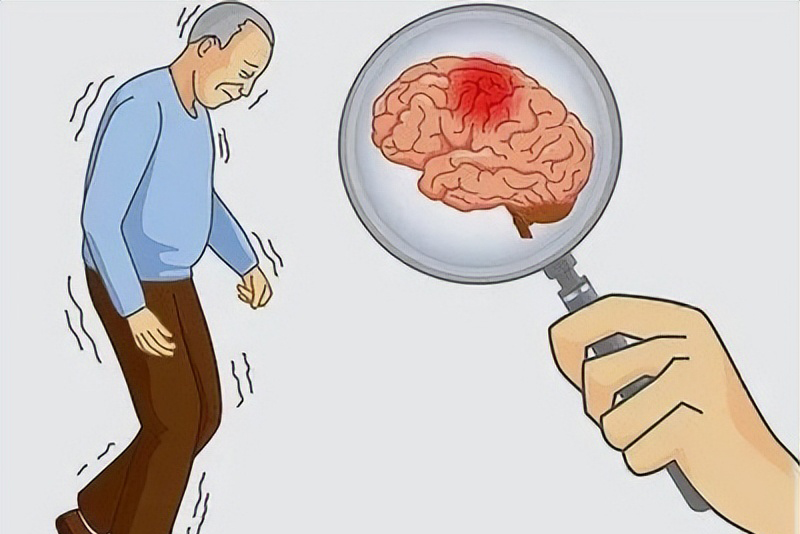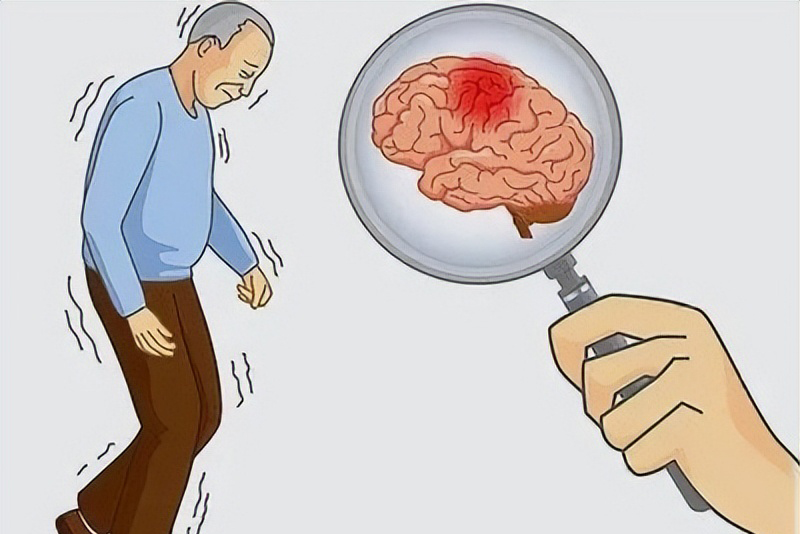Cerebral Apoplexy
Etiology
The exact causes of stroke remain unclear. Presently identified risk factors contributing to stroke sequelae include: hypertension, obesity, smoking and alcohol consumption, heart disease, water quality, genetics, dietary salt intake, among others, which lead to subsequent sequelae.

Hypertension
Hypertension is a primary risk factor for both ischemic and hemorrhagic strokes, as there's a linear relationship between blood pressure levels and the risk of stroke, a relationship confirmed by years of research.
Heart Disease
Poor heart function not only reflexively causes prolonged hypertension and damages the vascular system but can also directly lead to stroke.
Diabetes
The correlation between clinical diabetes and stroke is certain. Even mild glucose metabolism disorders indicate an increased risk of ischemic stroke. The risk of stroke in diabetic patients is higher in women than in men.
Obesity
Obesity is a major risk factor for hypertension and diabetes. It is associated with changes in body weight and increased cholesterol and triglycerides in the blood, indicating a potential risk factor for stroke.
Smoking
Smoking is associated with stroke. The risk of stroke occurrence is nearly three times higher in heavy smokers compared to non-smokers.
Clinical Manifestations
The clinical manifestations of stroke sequelae vary among patients and affected areas, including:
Motor impairments: Limb paralysis, muscle weakness, and impaired motor coordination.
Sensory loss: Reduced or lost tactile, temperature perception, and proprioception.
Speech impairments: Aphasia, reduced speech rate, and language comprehension difficulties.
Cognitive impairments: Decline in memory, lack of concentration, and slow thinking.
Visual impairments: Vision loss and visual field defects.
Examination
Neuroimaging studies: Brain MRI, CT scans to detect stroke type, location, and extent.
Electroencephalogram (EEG): Evaluates brain electrical activity, detects seizures, and other abnormalities.
Blood tests: Understanding the patient's blood condition, excluding other possible influencing factors.
Neurological examinations: Evaluating affected areas through examinations of motor, sensory, and reflex functions.






